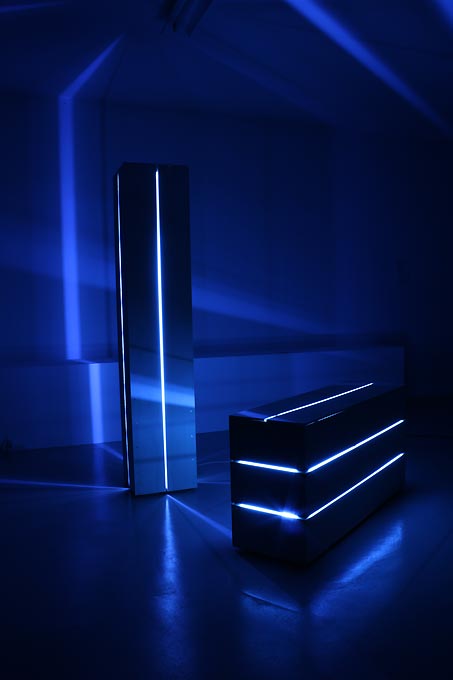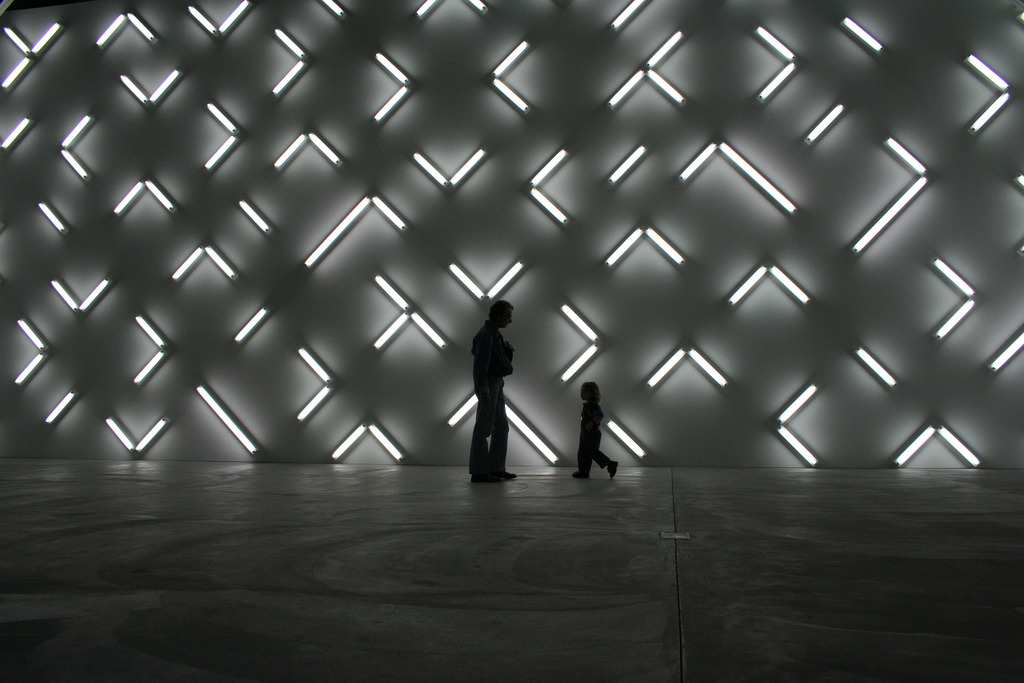It was hard for me to imagine art and science can come together to produce more interesting artwork. From NASA field trip to Mt. Wilson Observatory, something interesting I noticed was how science allows people to see the invisible out there. Telescope enabled people to see the stars and planet to out not visible in the past. The Integration allowed people to experience sound in a different way where it became possible to see the sound. The mission, SMAP, will be able to record weather patterns and the moisture of the soil on our Earth. We gained tremendous access to the data of the unknown and discovered more about this infinite space.
I was influenced by the phenomenon of the unknown. Scientists did not know what was out there in space but they were determined to figure out what was out there by building a new technology which would gather new information out there. Something which heavily influenced my work is this notion science is invisible to the naked eye. We see the information and visual created for science, it showed clearly what this information was, just in visual terms. It was hard to relate with the science in this class with no prior knowledge but you become curious about how can art overcome this limitation of this intense information invisible to the naked eye and hard to decipher.
Two main elements I used in my projects were lights and space. Light was an interesting notion to me because it’s not a physical matter but at the same time people instantly recognize it. People mentally know when there’s light or not. It’s a human instinct to notice since it’s part of our everyday lives. The presence/absence of light told people when it was time to wake up or go to sleep. I was curious to play around with what else light can do. It’s a force where it can instantly put people into different moods. In this project, I was fascinated by the ion propulsion engine of the Dawn mission and the pathway it took to get to Ceres and Vesta. As I looked at the map of where Dawn was at , I realized how difficult it was to track down an equipment, which was beyond our capability , in space untouchable and unreachable. In this project, I wanted people to see how difficult it is for the scientists to track down NASA and how within this machine, there is a light which reflects on it all the time. This is what I wanted people to notice, how science is invisible and hard to notice on a daily basis.
Maybe this is what art and science interconnected. Art became the visual for the public to notice what scientist do. Science is approachable when a person specifically makes a visual for the public to see. Art pushed science to look beyond the information and data already available into something visceral, it fostered creativity and imagination, to move outside of the boundary of science and to follow our curiosity.
Monolith by Mounty R. P. Zentara
Light and Space, an installation by artist Robert Irwin, Museum of Contemporary Art, San Diego, 2007.


No comments:
Post a Comment